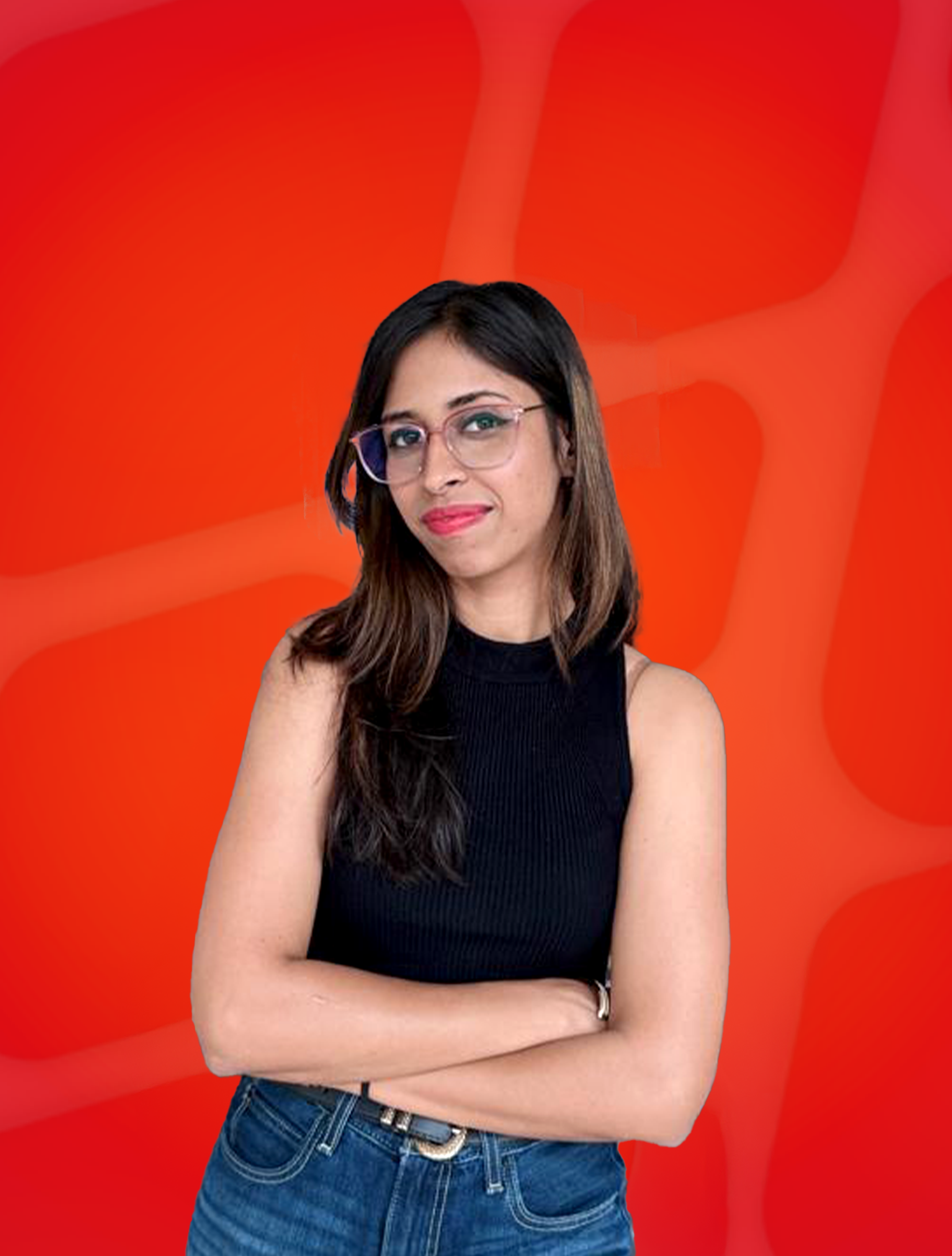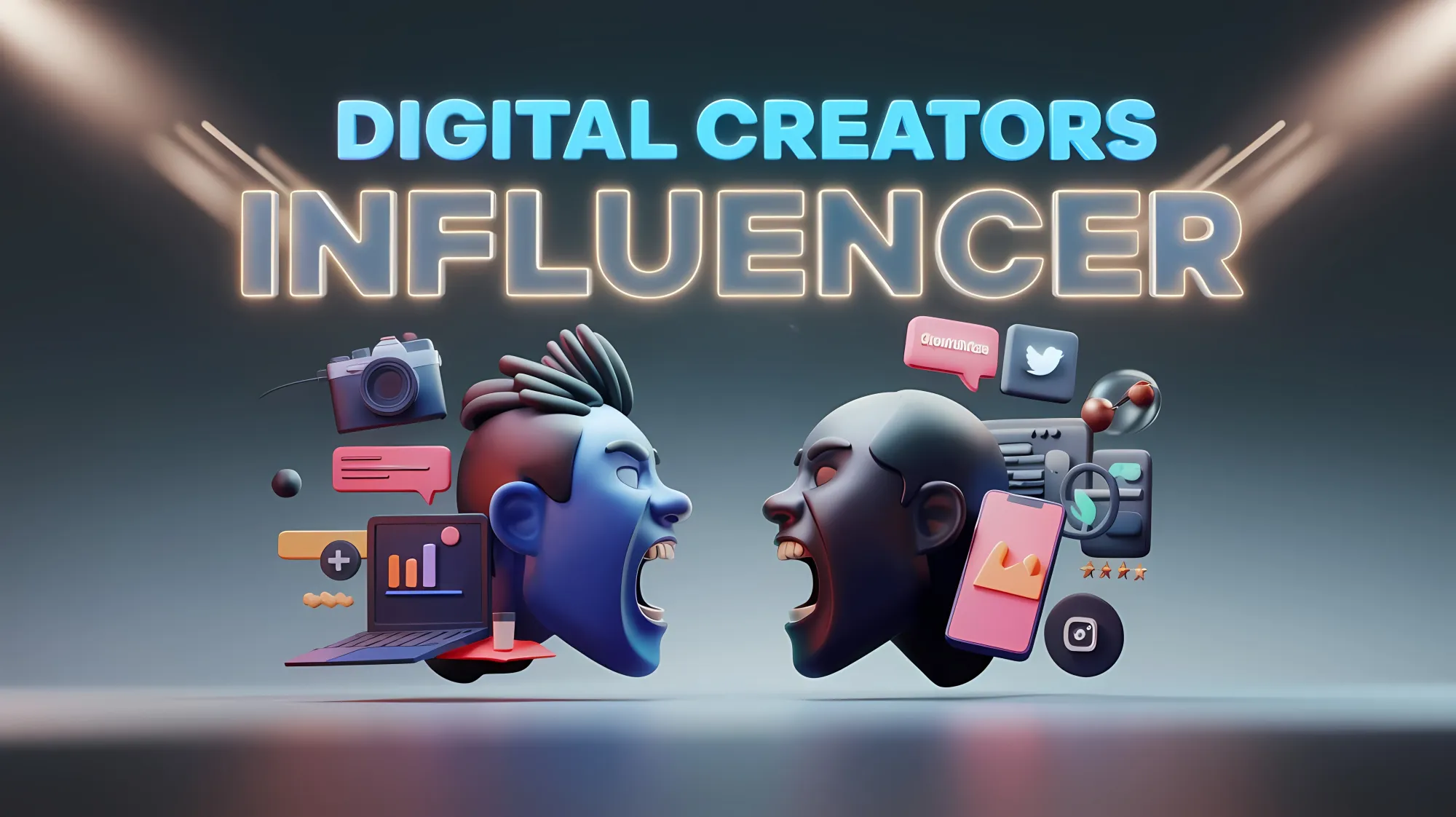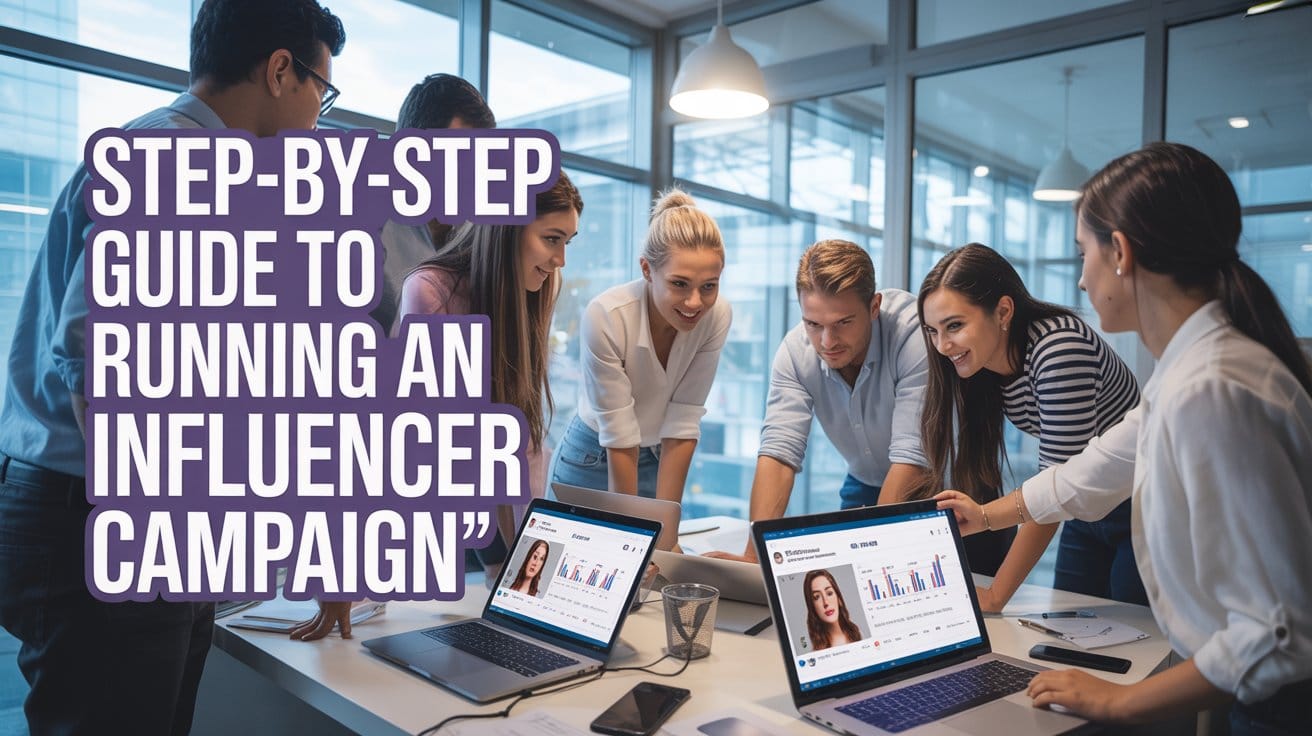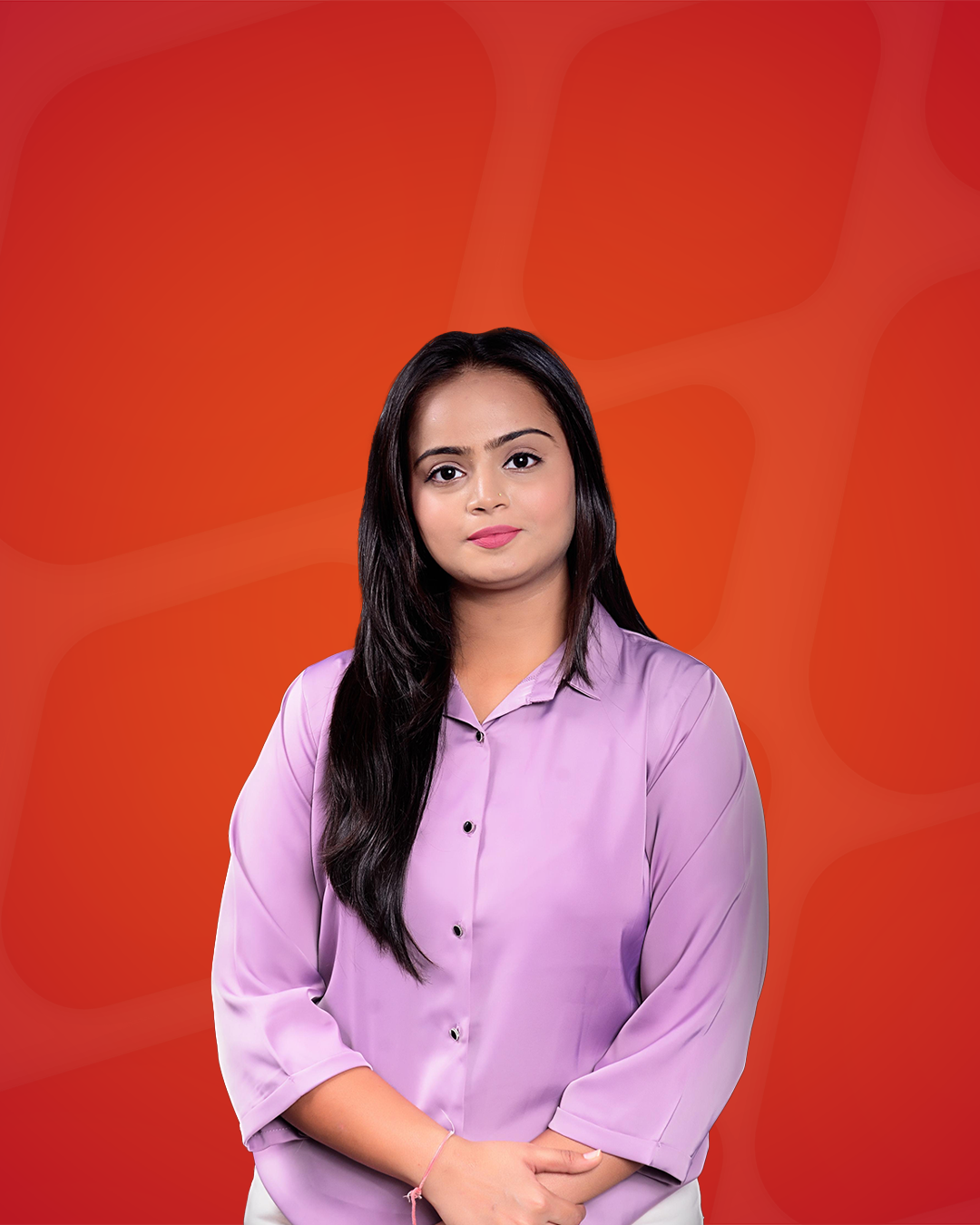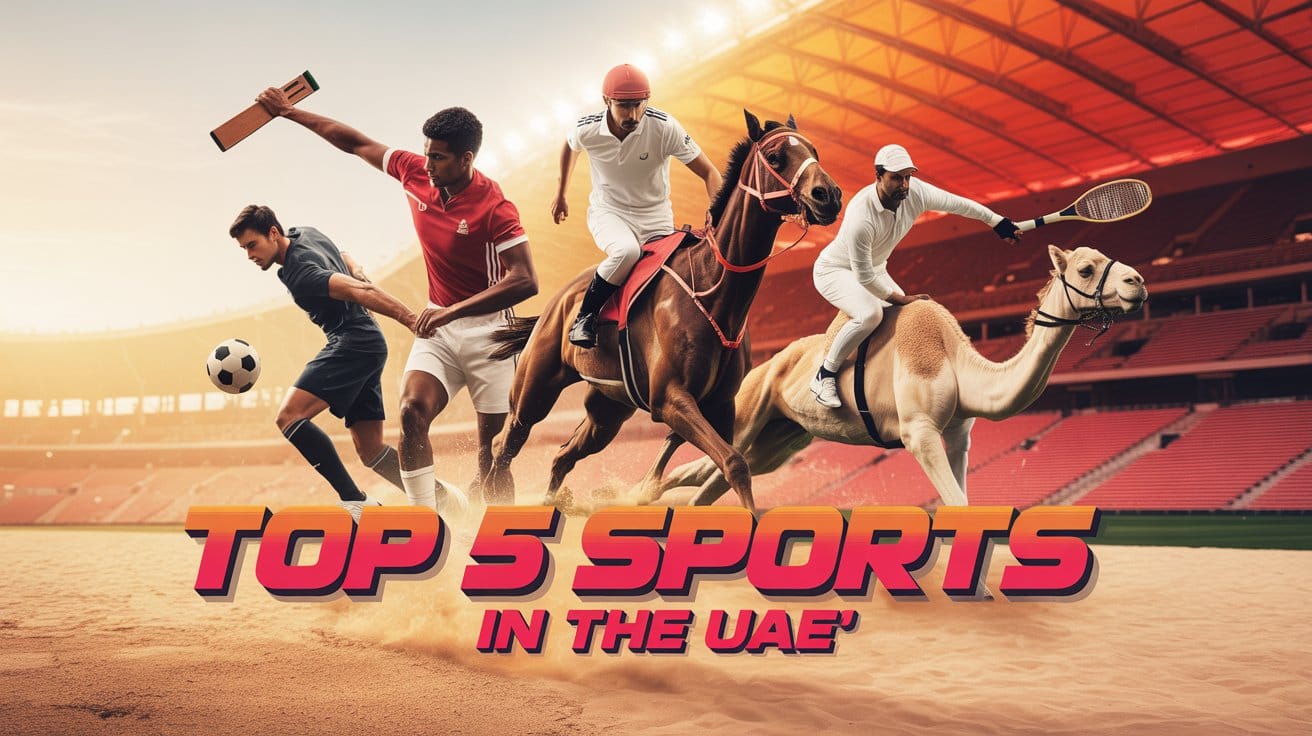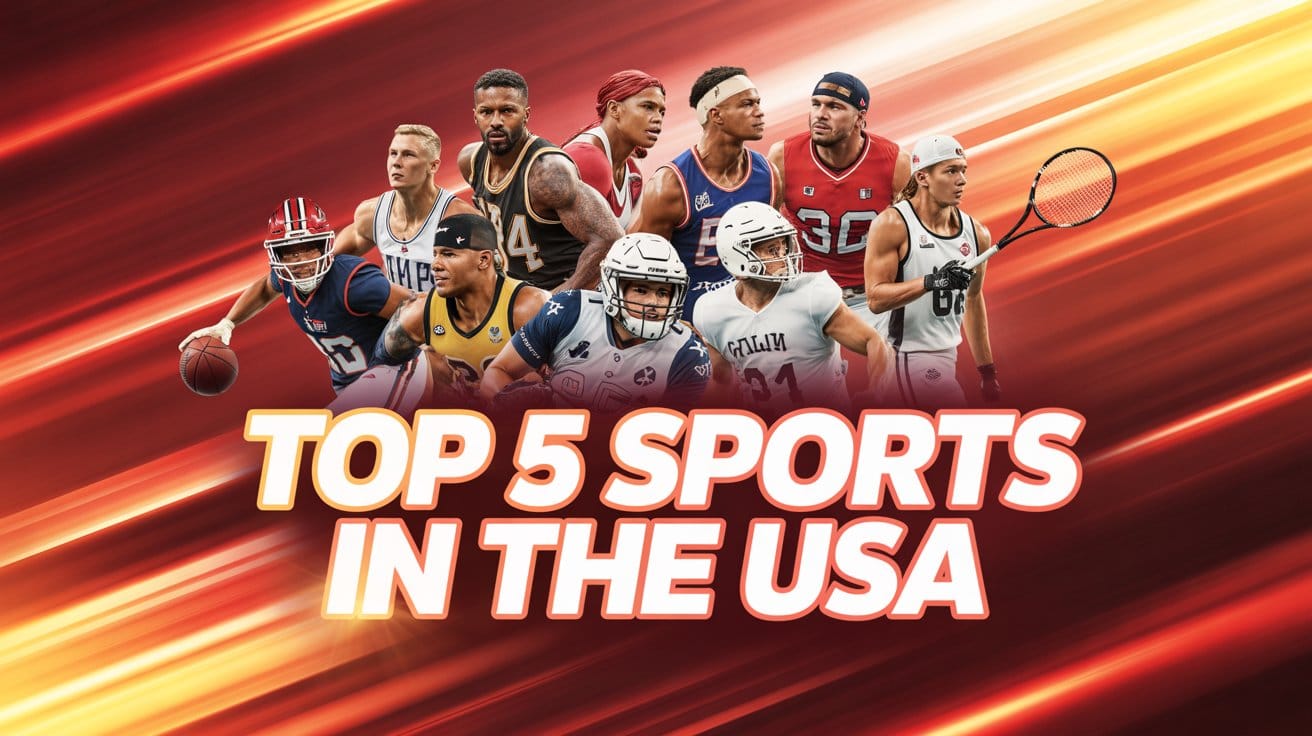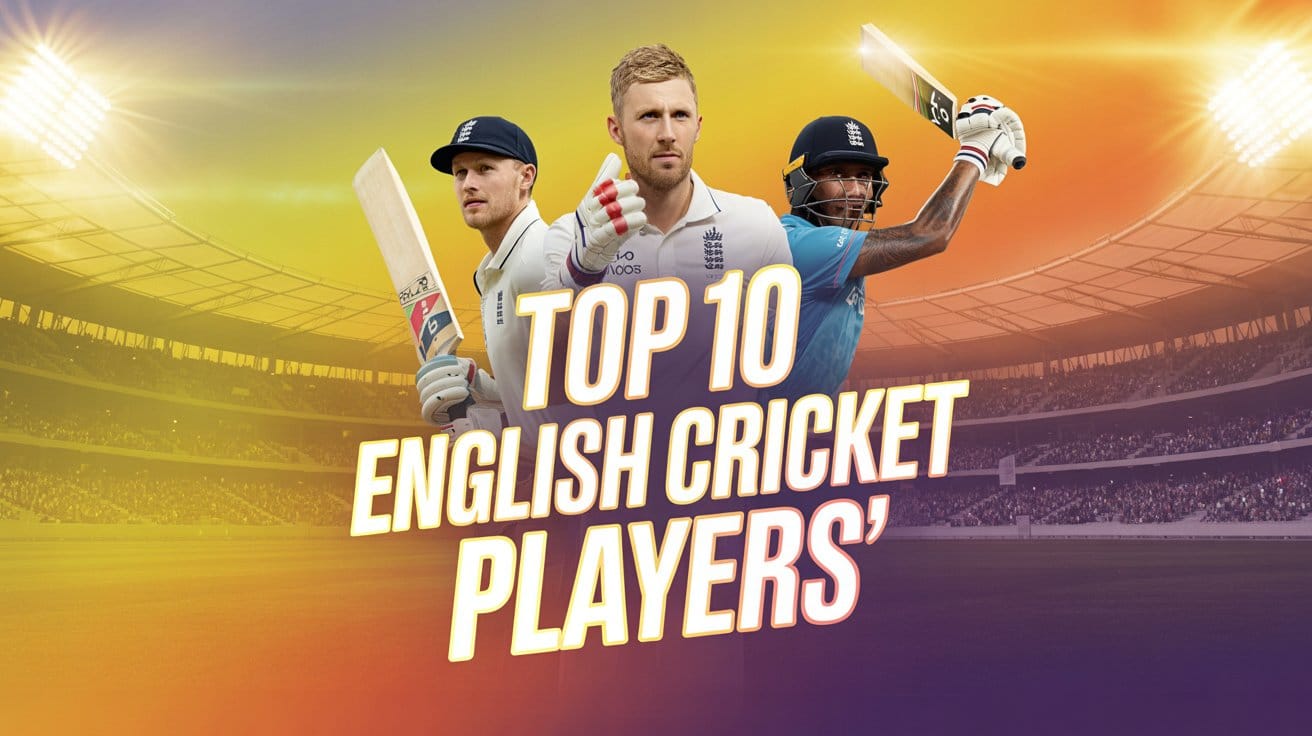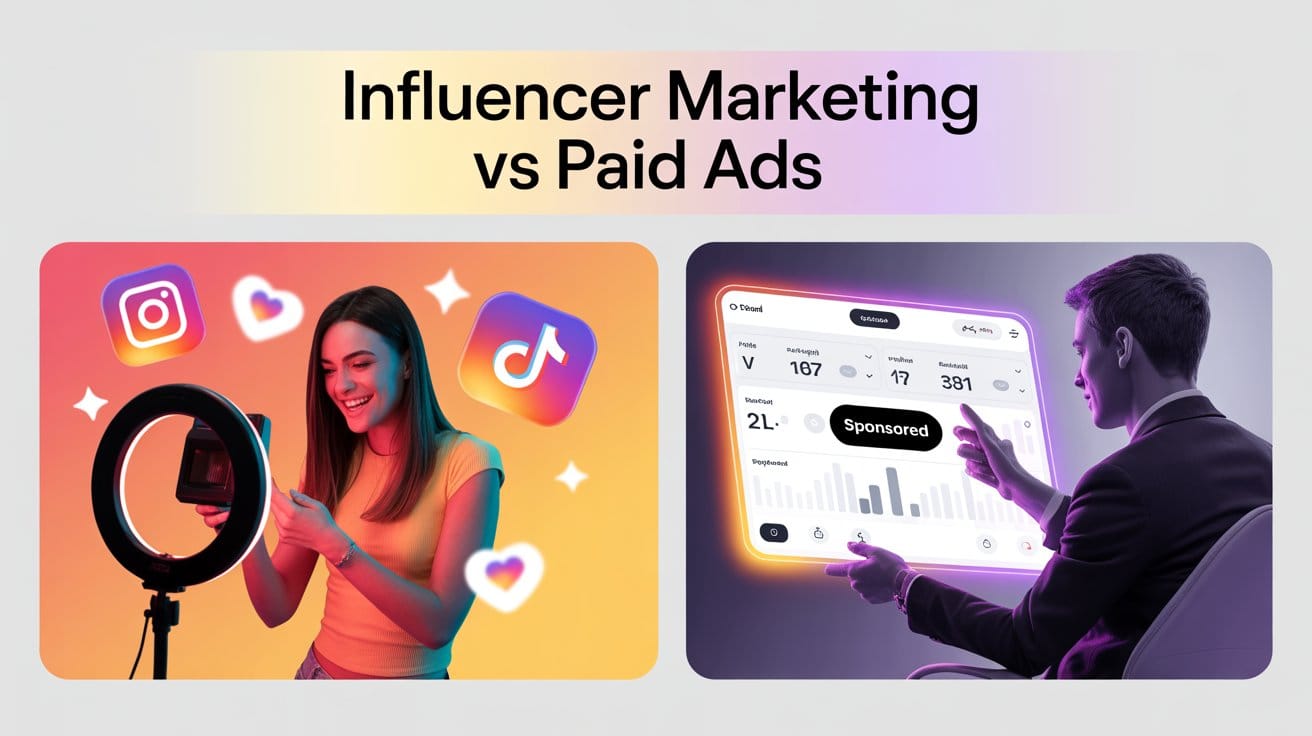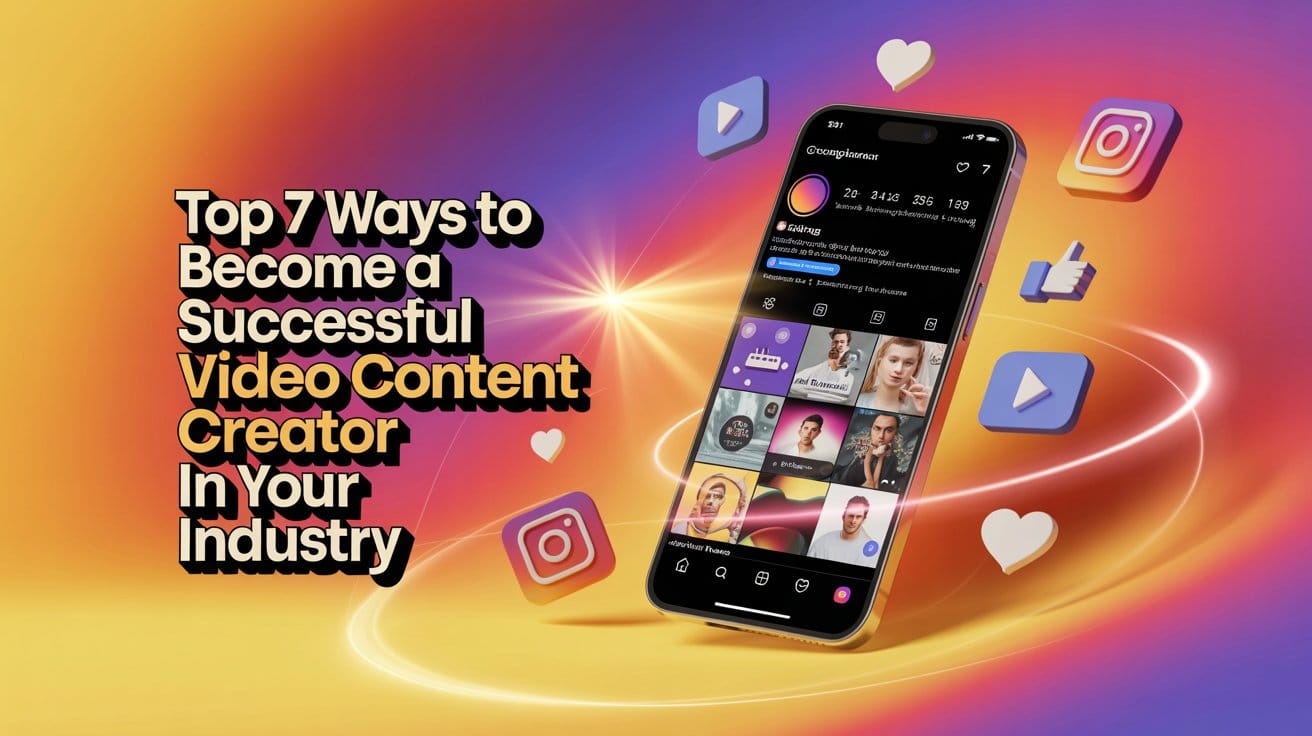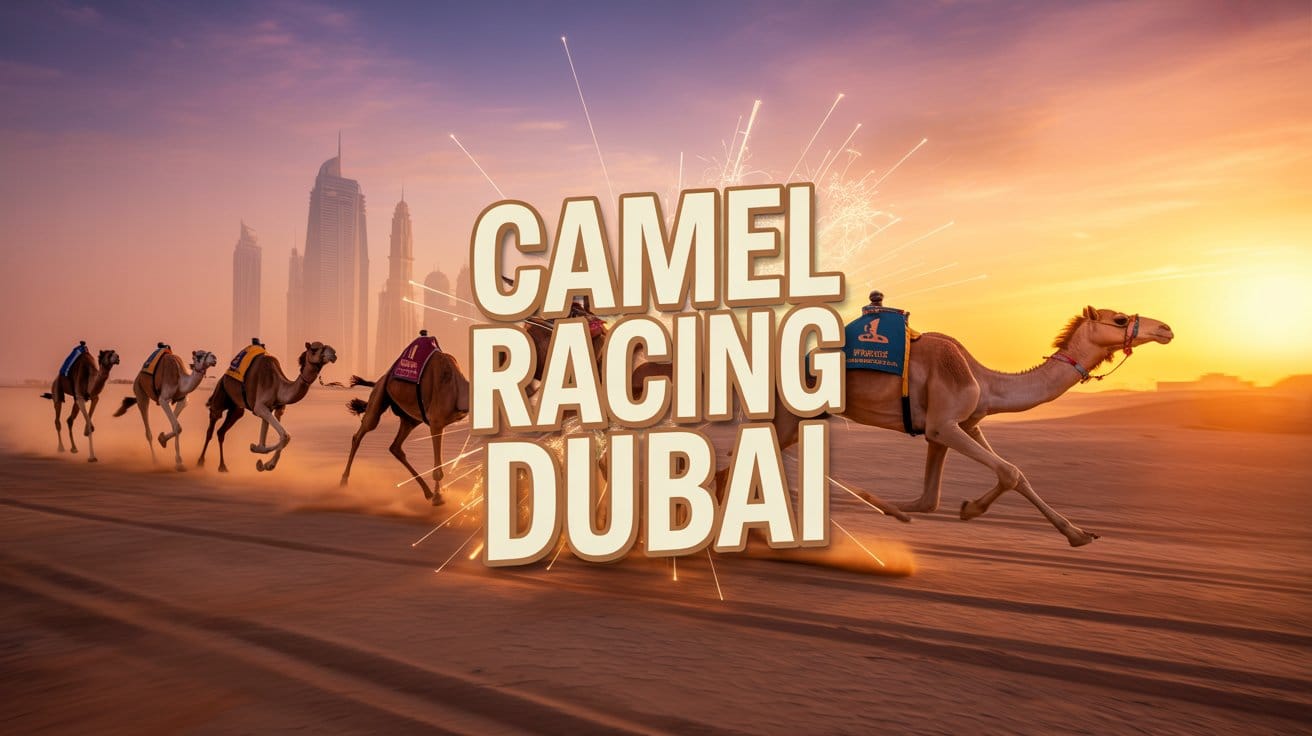Social media today isn't just a platform—it's a vibrant marketplace of influence, creativity, and brand engagement. In India, social media has become an essential part of everyday life, from sharing moments on Instagram to discovering new products on YouTube. At the forefront of this digital space are two powerful players: digital creators and influencers. While they may seem similar on the surface, these roles are distinctly different in the way they impact audiences and add value to brands. So, if you’re a brand or just curious about how social media works, let’s dive in and explore what makes digital creators and influencers each so unique.
👩🎨Who Are Digital Creators?
Digital creators are like the artists and craftsmen of social media. Imagine a YouTuber meticulously filming a woodworking tutorial or a food blogger sharing beautifully photographed recipes. In India, this could be a home chef sharing authentic recipes from Kerala or a travel vlogger documenting the lesser-known gems of Rajasthan. Digital creators are all about crafting purposeful content—whether it’s through videos, articles, visual art, or tutorials. Their focus is on quality, expertise, and depth. They’re storytellers and educators who want to share real value with their audience.
Think about someone like MKBHD (Marques Brownlee) on YouTube, or closer to home, think of Prajakta Koli (MostlySane). She doesn’t just share funny skits; she also creates content that reflects social issues in a light-hearted yet insightful manner. Digital creators like these have built a loyal following by consistently sharing in-depth content that educates or entertains.
Creators aren’t usually in it for the quick fame—they want to make a genuine impact. Brands love working with creators because they have niche audiences that truly trust their expertise. When a digital creator recommends a product, their followers listen because they value that creator’s specialized knowledge. For example, a beauty brand might work with a makeup artist who shares detailed tutorials using their products—not only showcasing the products but also teaching viewers something new. Consider Shreya Jain, an Indian beauty creator who provides comprehensive tutorials that not only highlight products but teach application techniques as well.
🤳Who Are Influencers?
Influencers, on the other hand, are the relatable personalities that bring their followers along for the ride—whether it’s their vacation to Goa or their favorite morning chai routine. Unlike digital creators who focus on their craft, influencers focus on sharing their lives, preferences, and experiences. Their goal is to connect with their audience on a personal level, and that’s what makes them feel like your best friend online.
Take someone like Komal Pandey, a well-known Indian fashion influencer. She’s constantly sharing snippets of her daily life, her outfits, her shopping hauls, and more. Followers don’t just like her for her fashion sense; they connect with her because she feels approachable and relatable. Influencers are great at shaping trends and nudging people to buy products they personally use, and that’s why they’re incredibly popular for brand sponsorships.
Brands usually turn to influencers when they need rapid visibility. Imagine you’re launching a new line of organic skincare products—partnering with an influencer who has a huge following can create an instant buzz, getting your product in front of thousands (or even millions) of people overnight.
Digital Creators vs. Influencers: Breaking Down the Differences
Which Role Best Fits Your Brand Strategy?
So, how do you choose between digital creators and influencers for your brand strategy? Well, it all comes down to your brand’s goals and target audience.
If you want to build long-term credibility with an engaged community, then digital creators are your go-to. They provide quality content that adds value, attracts loyal followers, and builds trust. Picture a tech brand that partners with a digital creator who reviews products in-depth—audiences feel confident purchasing because they know the creator has genuinely tested and analyzed the product.
But if your goal is rapid reach—say, you’re running a flash sale—then influencers are your best bet. Their broader audience and personable approach can help spread the word fast. Think about a new clothing line: partnering with an influencer could get thousands of people checking out your brand in just a matter of hours.
Many brands are realizing the best strategy is to balance both types. Creators bring substance and niche credibility, while influencers amplify the message to a wider audience. A beauty brand might have a makeup artist (creator) doing an in-depth tutorial while an influencer posts a “get ready with me” featuring the same products—this way, the brand builds both trust and reach.
Real-World Examples: Digital Creators and Influencers in India
Consider Nike, a brand that’s mastered balancing creators and influencers. They work with athletes who are creators—people who provide fitness tips, training videos, and insights into the athletic lifestyle. At the same time, they collaborate with influencers who wear Nike apparel in everyday situations, whether they’re at the gym, out running errands or traveling. This dual strategy helps Nike connect deeply with sports enthusiasts while also maintaining broad, everyday visibility.
In India, brands like Myntra and Nykaa often collaborate with both digital creators and influencers. They may partner with fashion creators who craft specific looks using their apparel and cosmetics, while also working with popular influencers who showcase these looks in their everyday lives. This approach allows them to tap into niche markets while also reaching a broad audience.
Creators often set social media trends. A fitness creator might start a unique workout challenge that later goes viral, picked up by influencers who share their versions with a broader audience. Both roles feed into each other’s strengths, creating a cycle of creativity, credibility, and visibility.
Digital Creators vs. Influencers—Who Rules Social Media ?
So, who truly rules social media in India? It’s not really a contest! Both digital creators and influencers play essential roles in the social media world. Digital creators bring loyalty, depth, and specialized expertise, while influencers provide expansive reach and relatability. The key is to understand the unique strengths of each—and if you’re a brand, use both in ways that maximize your impact.
Think of it like this: creators are the architects, carefully laying each brick to create something meaningful and lasting. Influencers are the cheerleaders, bringing the crowd in and getting everyone excited. Together, they build something that not only stands strong but also reaches far and wide.
🏆 Work with a top influencer marketing agency that understands trends, audience behavior, and brand storytelling. Fame Keeda crafts high-impact campaigns that drive real results. Ready to dominate social media? 🚀
FAQs
Can a digital creator also be an influencer?
Yes! Many digital creators end up becoming influencers, as they build trust and a following in their niche. They’re like a hybrid—blending high-quality content with the ability to influence purchasing decisions.
Are influencers becoming less popular than digital creators?
Not necessarily. Each serves a different purpose. Creators are appreciated for their quality and depth, while influencers shine in their ability to reach wide audiences with relatable content.
How can I measure the effectiveness of a campaign involving digital creators or influencers?
For creators, focus on metrics like comments, shares, and the quality of engagement. Are people having meaningful conversations? For influencers, consider metrics like reach, click-through rates, and conversions—how many people took action after seeing the content?


